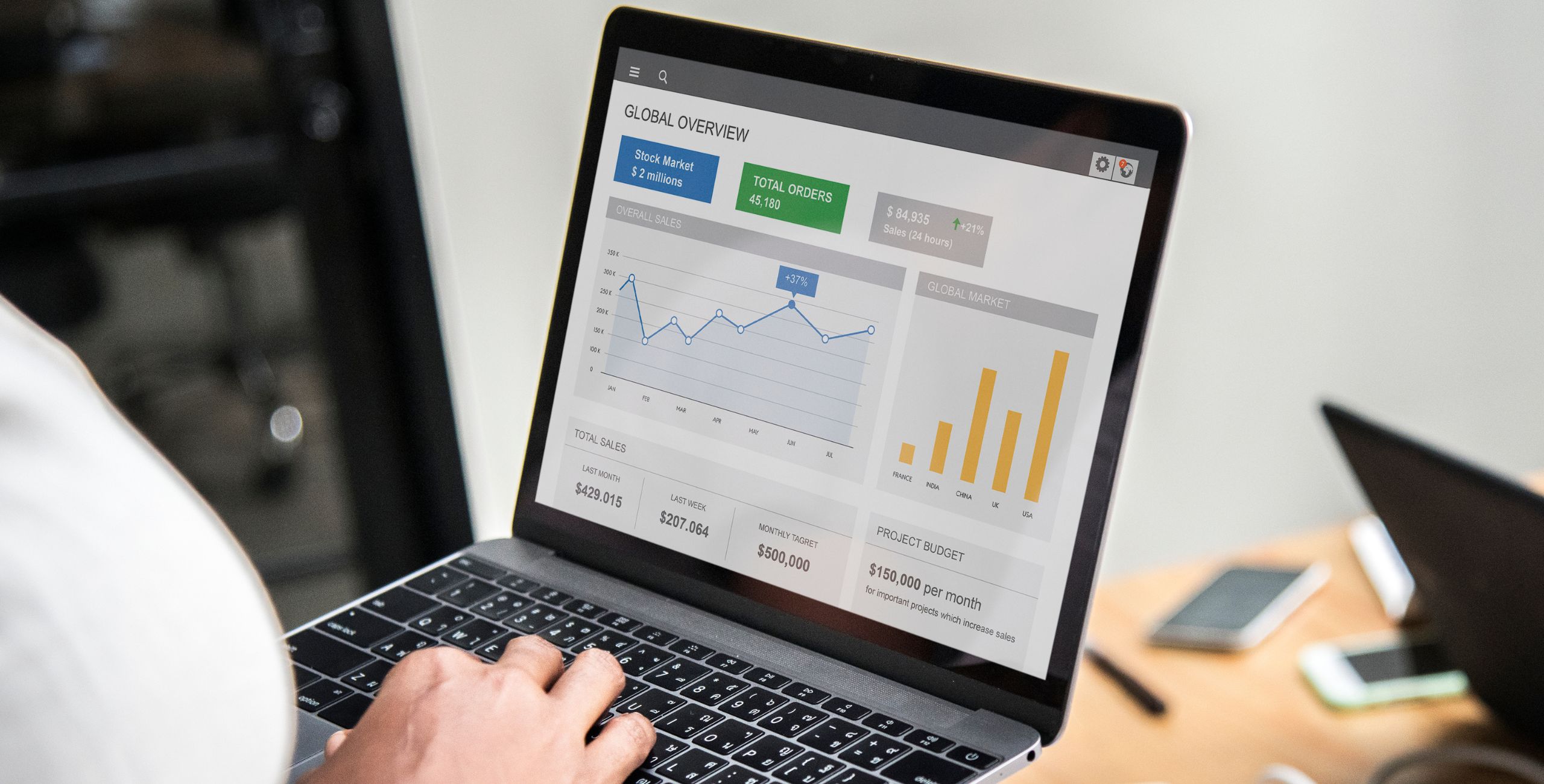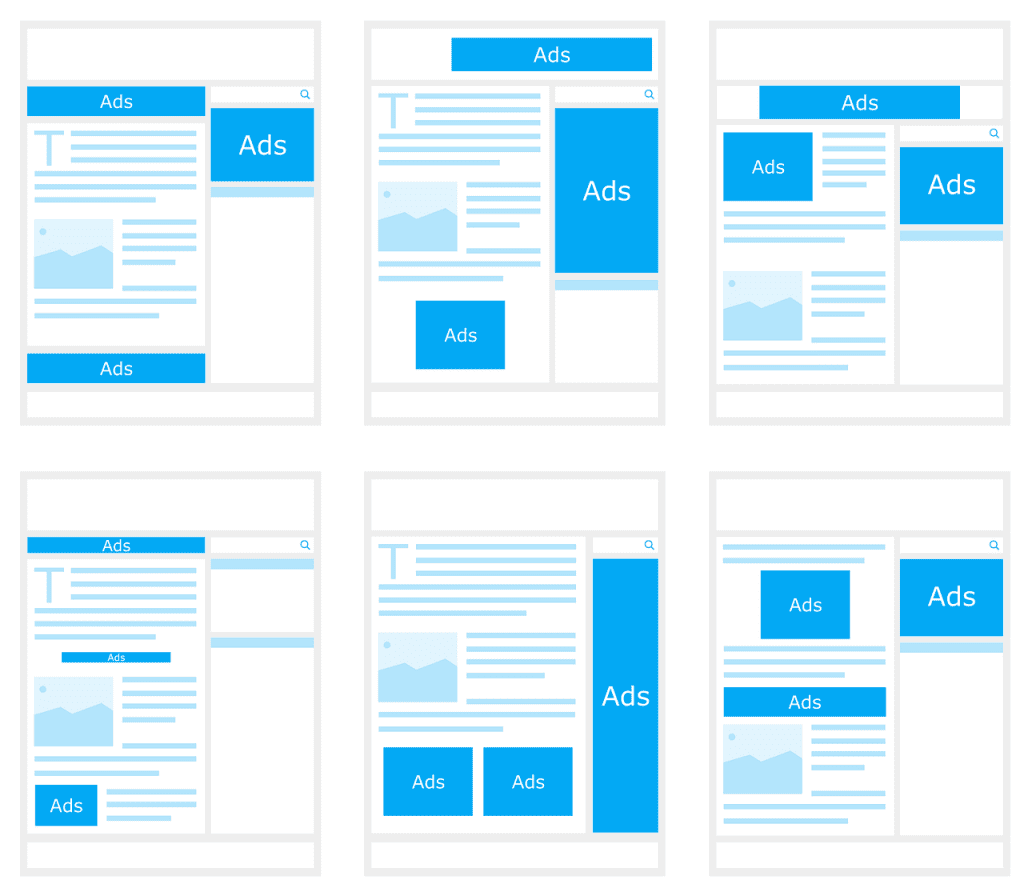What Does ML Mean In Text? Decoding The Social Media Lingo
Nov 28, 2025

Nov 28, 2025

Nov 28, 2025

Nov 28, 2025

Nov 28, 2025

Nov 27, 2025

Nov 27, 2025

Nov 26, 2025

Nov 26, 2025
Sorry, but nothing matched your search "". Please try again with some different keywords.


You have launched the best Google Ads Campaign, your keywords are on point, and your copy is compelling. Your budget is also generous, but the conversions are low, and the bounce rates seem high. You may be wondering if you have placed everything correctly.
In many cases, these disturbing results are not from your ads but the landing pages. Landing pages are a crucial part of your marketing strategy. They take those website visitors by the hand and convert them into lasting customers.
However, how you build them impacts visitors’ trust and revenue growth. In this article, we will look at why auditing your landing pages is crucial. We also highlight common mistakes or Google Ads money wasters and how to fix them.

Effective landing page optimization and marketing campaigns are vital for any business seeking to overcome the competition. Failing to check and fix page mistakes can lead to several consequences that directly impact the business’s revenue. These include:
Poorly designed landing pages kill conversions instantly, even if your ads look great. Worse, you may miss the opportunity to collect meaningful data about user behavior. According to statistics, the global average conversion rate is around 2.58%. However, optimizing your pages can raise it to about 11%.
Imagine your website visitors clicking on ads and getting on pages that are different from what they expected. Chances are, they will leave immediately, which leads to a high bounce rate. More visitors leaving your page indicates a poor user experience. This creates a bad reputation for your business.
The ultimate result of a poor landing page is wasted ad spend and a low Google quality score. Google ranks click destinations based on information, user experience, and load speeds. A poorly designed page reduces the quality score, leading to low return on ad spend.
Many landing page missteps are not just minor design flaws. They are serious Google Ads money wasters that can block you from reaching your business goals. Here are five common mistakes and how to fix them.
A single copy funnel has different stages, which include awareness, conversion, and retention. Each stage plays an independent role in attracting, retaining, and compelling visitors to take the next action. Unfortunately, many advertisers make the mistake of grouping all ad campaigns onto one page.
The mistake dilutes the message and confuses site visitors at different stages of the campaign. To prevent this, create dedicated pages for each stage of the funnel. This ensures that visitors get content and offers that align with their specific needs.
Lack of connection between the ad and the destination can lead to higher bounce rates. For instance, users may feel misled if the ad promises a “free consultation” but the destination doesn’t mention it. This inconsistency lowers brand perception and overall return on ad expenditure.
The mistake becomes even more impactful when dealing with dynamic landing pages with automated systems. That is because inconsistencies in messaging create variations that drift visitors away from the original ad intent. To fix this, ensure the headline, offer, and call-to-action on the page directly reflect the copy message.
A call-to-action button may be a smaller element in the overall landing page optimization strategy. However, it has a significant power in motivating visitors to take the next step, as the copy desires. If the audience is not told what to do, the entire campaign may sound vague or non-intentional.
Many businesses use weak CTAs that are not enticing enough to motivate visitors to take action. These include generic CTAs and those that lack urgency. Others do not use them entirely, leaving users confused about what to do next, so be sure to implement effective CTAs throughout the page.
According to Forbes’ statistics, more than 50% of all clicks come from mobile devices. This shows that making landing pages friendly to mobile use increases visitors’ experiences, which raises conversion rates. However, many developers ignore the power of mobile browsing, leading to higher bounce rates.
Start by streaming your landing pages to make them easily accessible via all devices. Remove all page pop-ups that could be hard to navigate with mobile devices. You should also create copies in short paragraphs that won’t lead to a wall of text. This increases load speed and overall UX.
One of the most dangerous Google Ads money wasters is underestimating the power of A/B testing. The initial thought of building different page versions and waiting for the best result can seem resource-consuming. However, choosing the right landing page can significantly influence the returns on your ad campaign.
Not testing different page variations can lead to missed optimization opportunities. For instance, you may not know what to change to address visitors’ needs. It can also lead to poor data collection. This negatively impacts the decision-making process.
Ensure you test different layouts and visuals. Do not focus on making significant changes, since even smaller tweaks can give profitable results. Do not rush the process, as this can give inaccurate test results.
Now that you know what to avoid, here is how to build a landing page that converts:
Outline what you aim to achieve with the landing page. Is it introducing a new item or collecting customer feedback? This helps you know your market and what you expect from it.
Your headline should grab attention and highlight the value of your product at first sight. Use clear, benefit-driven headlines and copies, and not just fancy texts. This compels the audience to click and take action on the landing page.
How your text and product look online determines if readers will click and convert to customers or not. Clear images and videos help people connect with what you are offering and imagine using it. However, do not forget to optimize them for fast loading on all devices.
You must take it easy for visitors to take action and generate conversions. Thus, create a frictionless lead capture that collects visitors’ essentials like email and name. Pair that with a benefit-focused CTA instead of boring or generic buttons.
It is easier to blame the platform, audience, or product makers when the ad campaigns underperform. However, many Google Ads money wasters often lie in elements that many advertisers overlook, including the landing page. You can stop wasting your ad spend and start generating conversions by fixing the common mistakes above.
Barsha is a seasoned digital marketing writer with a focus on SEO, content marketing, and conversion-driven copy. With 7 years of experience in crafting high-performing content for startups, agencies, and established brands, Barsha brings strategic insight and storytelling together to drive online growth. When not writing, Barsha spends time obsessing over conspiracy theories, the latest Google algorithm changes, and content trends.
View all Posts
What Does ML Mean In Text? Decoding The Soc...
Nov 28, 2025
What Does DTM Mean In Text? One Acronym, Mu...
Nov 28, 2025
What Does HY Mean In Text? Deciphering Its ...
Nov 28, 2025
Is PeopleLooker Legit? Finding Public Backg...
Nov 28, 2025
Longest Snapchat Streaks: How To Trend With Y...
Nov 27, 2025

